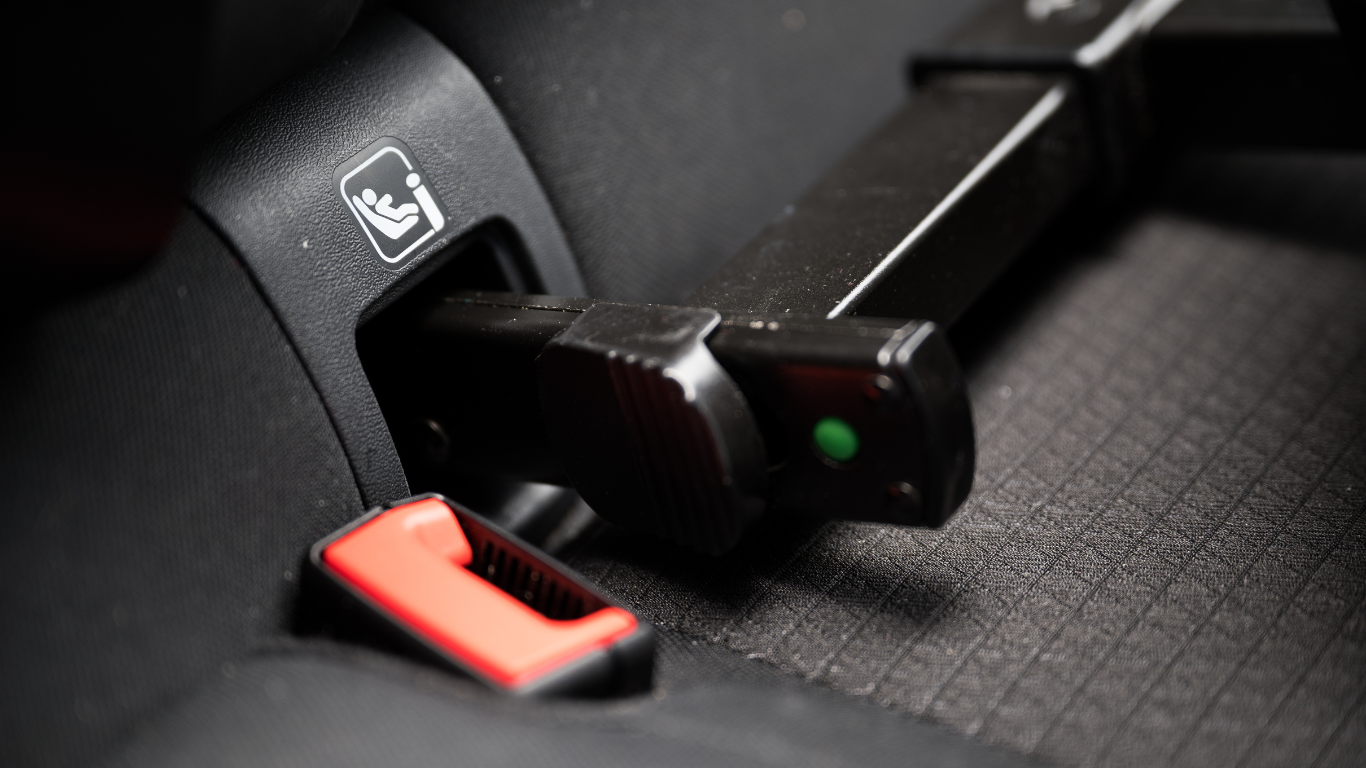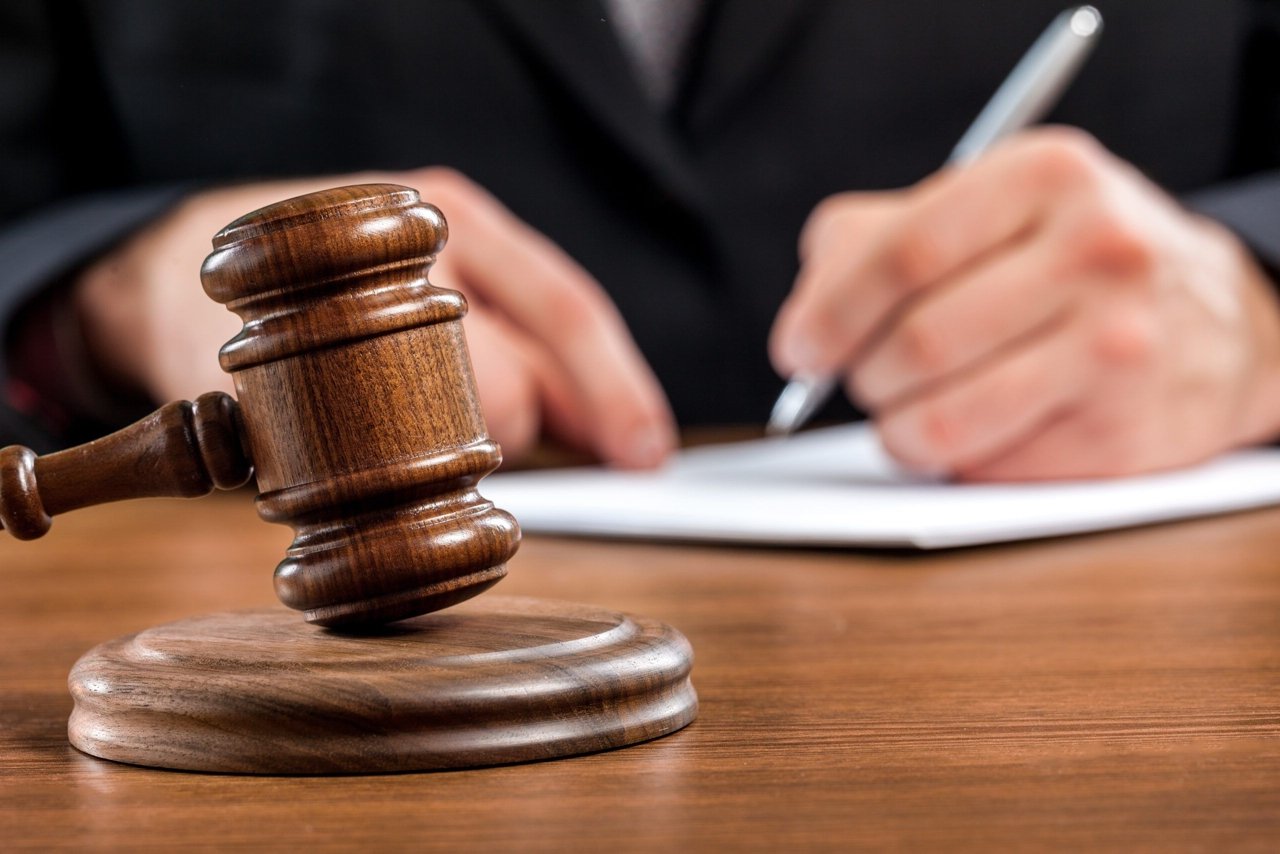Nevada Child Seat Laws: What You Need to Know

Child safety is of paramount importance, especially when it comes to traveling in vehicles. Nevada, like many other states, has established child seat laws to ensure the safety of young passengers. In this article, we will delve into the specifics of Nevada’s child seat laws, the different types of child car seats, and why these regulations matter.
Why Child Seat Laws Matter
Child seat laws exist to protect our most precious passengers—our children. Car accidents can happen at any time, and the risk to a child’s life or well-being is significantly reduced when they are secured in an appropriate car seat. By following these laws, parents and caregivers play a vital role in keeping their little ones safe on the road.
Types of Child Car Seats
Infant Car Seats
Infant car seats are designed for the youngest passengers. They are rear-facing, providing crucial support for a baby’s developing head, neck, and spine. Always ensure your baby is placed in a rear-facing car seat until they outgrow it, according to the manufacturer’s instructions. These seats are often equipped with a handle, making them convenient for carrying and easily attaching to strollers.
Convertible Car Seats
Convertible car seats are versatile and can be used in both rear-facing and forward-facing modes. This adaptability means you can use the same seat as your child grows, following the manufacturer’s weight and height recommendations. Some convertible seats can even be used as booster seats, offering an extended lifespan for your investment.
Booster Seats
Booster seats are intended for older children who have outgrown their forward-facing car seats but are not yet ready for a regular seatbelt. They help position the seatbelt correctly over the child’s body, providing an extra layer of safety by raising the child to the right height. This ensures that the seatbelt fits properly and protects the child in case of a collision.
Child Seat Requirements in Nevada
Nevada’s child seat laws have specific requirements for different age groups and sizes:
- Children under two years of age must be secured in a rear-facing car seat. This is crucial because rear-facing centers provide optimal protection for infants, especially their delicate necks and heads.
- Children between 2 and 4 years of age should ride in a forward-facing car seat with a harness. These seats restrain the child during sudden stops or accidents, minimizing the risk of injury.
- Kids between 4 and 8 years old who have outgrown their forward-facing seat should be in a booster seat. Booster seats elevate the child to the appropriate height for seatbelt use, making sure it fits correctly.
- Children aged 8 to 15 must use a seatbelt. At this age, children are usually tall enough to use a seatbelt, but it’s essential to ensure that the seatbelt fits properly, with the lap belt low on the hips and the shoulder belt crossing the chest. Proper seatbelt use is critical for their safety.
Rear-Facing Car Seats
Rear-facing car seats are essential for infants and young children. They provide the best protection for a baby’s vulnerable head and neck in the event of a collision. Always ensure that the car seat is properly installed and fits your child’s height and weight, as recommended by the manufacturer. This type of car seat should be used until your child reaches the age and size limits specified in the car seat manual.
Read More: How to Win Child Custody in Family Law: A Comprehensive Guide[2023]
Forward-Facing Car Seats
Once your child outgrows their rear-facing seat, it’s time to transition to a forward-facing seat with a harness. These seats are designed to secure your child during a crash, distributing the force across their body. This provides a higher level of protection than using a seatbelt alone. The harness holds the child in place, preventing them from moving around in the event of a sudden stop or collision.
Booster Seats
Booster seats are for older children who are too big for a forward-facing car seat but not yet tall enough to use a seatbelt effectively. These seats lift the child to the appropriate height, ensuring that the seatbelt fits across their shoulder and lap correctly. Booster seats are crucial for ensuring that the seatbelt can do its job of protecting the child during a car accident.
Seat Belt Usage for Children

Children aged 8 to 15 must use a seatbelt when traveling in a vehicle. It’s crucial to ensure that the seatbelt fits properly, with the lap belt low on the hips and the shoulder belt crossing the chest. Proper seatbelt use is not only a legal requirement but also a vital safety measure for older children.
Penalties for Violating Child Seat Laws
Nevada takes child seat safety seriously, and violating these laws can lead to penalties, including fines. It is essential to comply with these regulations for the protection of your child and to avoid legal consequences. The penalties for violating child seat laws in Nevada can vary, but the security of your child should always be the top priority.
Conclusion
Nevada’s child seat laws are in place to protect the youngest and most vulnerable passengers on our roads. By understanding and adhering to these regulations, parents and caregivers can significantly reduce the risk to their children during car journeys. Ensuring that your child is in the appropriate car seat or booster seat and using a seatbelt when necessary can make all the difference in their safety.
Frequently Asked Questions (FAQs)
1. When can a child switch from a rear-facing to a forward-facing seat?
In Nevada, children should remain in a rear-facing car seat until they are at least two years old and meet the manufacturer’s weight and height requirements. This ensures that their head and neck are adequately protected in the event of a collision.
2. How do I know if my child’s car seat is properly installed?
It’s essential to read the car seat manual and follow the manufacturer’s instructions for installation. You can also visit a certified child passenger safety technician to ensure correct installation. They can provide guidance and ensure that the car seat is securely and safely installed.
3. Are there any exceptions to the child seat laws in Nevada?
There are exceptions for children with medical conditions or developmental disabilities. However, it’s crucial to consult the law and seek advice from a medical professional to determine the best and safest transportation options for your child.
4. What are the consequences of not complying with these laws?
Violating child seat laws in Nevada can result in fines and legal penalties. More importantly, it puts your child’s safety at risk. It’s essential to prioritize your child’s safety and adhere to the state’s child seat laws.
5. Where can I get more information about child seat safety?
For additional information on child seat safety and Nevada’s specific regulations, you can visit the Nevada Department of Public Safety’s website or consult with a certified child passenger safety technician. These resources can provide valuable information and guidance to ensure your child’s safety during car journeys.







